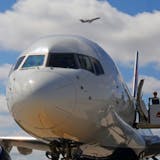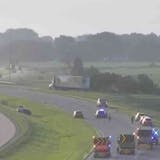The bat study begins at 8:30 p.m., followed by insect collection at 9:30. Bird watching starts at 6 the next morning, and plant study begins at 2.
That final study will culminate a frenzied day during which hundreds of scientists, researchers and amateur biologists will observe, classify and record as many plants and animals as they can within 24 hours at a Carver County site.
Welcome to Minnesota Bioblitz 2008, part of a national effort to bring science to the masses while also helping parks and nature preserves create a database of their species.
This year's event, the fifth to be staged in the state, will be held at the Minnesota Valley National Wildlife Refuge near Carver. It will start at 5 p.m. June 13 and conclude at 5 p.m. the next day.
As many as 500 people, the vast majority of them amateur volunteers, are expected to work for hours collecting, classifying and recording species at the refuge.
"What we would like to do is make sure that what is supposed to be here is here," said Susan Weller of the University of Minnesota's Bell Museum, organizer of the event. "We do these surveys to find out what we don't know about our back yards."
Bioblitzes have been held periodically around the country since 1966, growing in popularity each year. National Geographic and the U.S. National Park Service are planning a series of 10 Bioblitzes around the country -- one a year for the next 10 years -- leading up to the Park Service's 100th anniversary.
Locally, the Bell Museum, which is part of the university's College of Natural Resources, decided five years ago to be the primary sponsor of events in Minnesota, Weller said.



